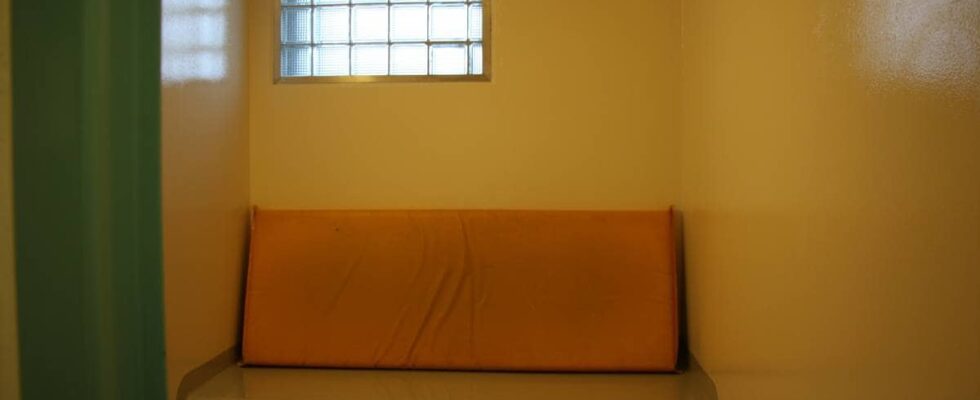– Today, no one is in custody. Per Anders Røsjorde, leader of the Police Union in the South-West police district, shows cell after cell down in the detention center of the police station in Stavanger. One can end up here for many different reasons. Everything from drugs and excessive drunkenness to violence and economic crime can lead to a stay in a solitary confinement cell. But on this day, all of the sterile rooms with plastic-covered mattresses are empty. Per Anders Røsjorde heads the Police Union in the South-West. Photo: John Bjerga / private That there are fewer people who end up in custody, the police on the street hardly notice, according to Røsjorde. – There are far fewer of them, so they really have the same number of tasks distributed among the same number of people. Higher threshold for arresting Figures that news has received from the Norwegian Police Directorate show a steady decrease in the number of arrests since 2012. – There are many reasons for that. We do not see a single cause. That’s what Torgeir Haugen, head of section in the Norwegian Police Directorate, says. Section chief Torgeir Haugen in the Norwegian Police Directorate says there are several reasons why the police arrest fewer people. Photo: The police According to Haugen, the decrease is due to the fact that the police have been given more technological tools, have become better at doing their job on the spot, and that they do not crack down as hard on smaller matters, including in drug cases. – Could some of that be due to fewer resources in the police? – No, there is nothing to indicate that. Few police officers and long distances But according to Røsjorde, too few police officers is a key reason why fewer people are arrested. If there are few people at work, the police prefer to ask people to leave the place, rather than driving them into custody. – What we see now is that expulsion is used in situations where we should have brought in or arrested the people. But for reasons of resources, we choose that method instead, says Røsjorde. The decrease in the number of arrests is due, among other things, to poor staffing and the distance to the police station, says Røsjorde. Photo: Gorm Kallestad As part of the police reform in 2016, 27 police districts were reduced to 12. This meant that it is a long drive from some places. – When you have a very long way to the detention center, like they have in peripheral areas, and poor staffing, then the threshold for driving someone in is very high. Fewer, but worse At the same time that fewer people end up in custody, the number of reported “unwanted incidents” has risen sharply in recent years. These can typically be situations where the inmate injures or attempts to injure himself or others. Since the police started reporting in the Synergi reporting system, the number of unwanted incidents has skyrocketed. In 2019, 142 unwanted incidents were reported. Last year, the number was almost double: 275 incidents. This despite the fact that the number of people in detention had been reduced by a third. One of those who notice on their bodies that there has been more acting out among the inmates in the detention center in recent years is Espen Vinje. Detention officer Espen Vinje takes care of those who come in here. Many of them are not well. Photo: Theodor Aasland Valen / news He is a detention officer at the Grenland police station in Porsgrunn. His job, looking after those in detention, is much more challenging than it was before. – There is more intoxication. It’s more psychiatry. And there are more young people. Vinje says it has gone in the wrong direction. – Threats directed at employees. Punches and kicks that are easier to deliver today than before. It’s a burden. A big load. Published 18.08.2024, at 21.16
ttn-69
The police arrest half as many as before – news Norway – Overview of news from various parts of the country

